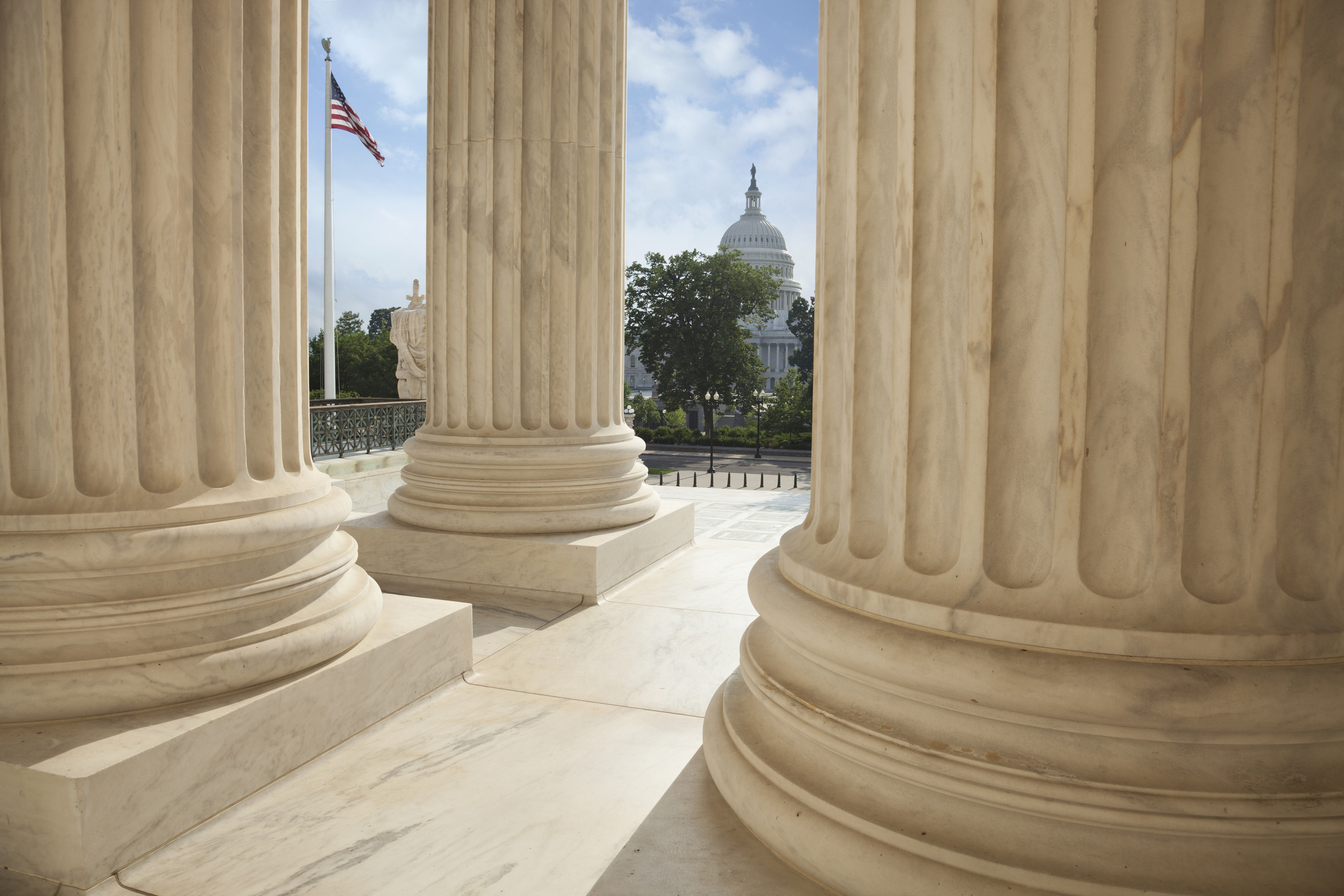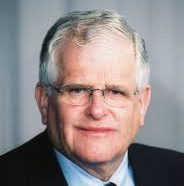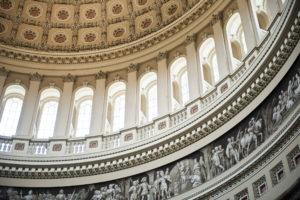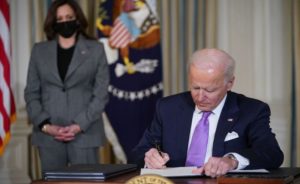
Deferred maintenance of the courts is symbolized by failure to reach annual budgetary agreements.
Even a tragic farce might produce some good. So says Paul Light, today’s leading analyst of the federal public service and how it does (and does not) work.
Light argues—perhaps under the banner of “absence makes the heart grow fonder”—that the one-month partial government shutdown illuminated underlying problems that define what he calls, with Paul Volcker, the long-standing “’quiet crisis’ in public service.” The shutdown awoke Americans, who tend to forget the “vital functions” performed by the blended federal executive branch workforce of civil servants and government contractors and how much they are a part of local economies. It also illuminated the long-standing government brain drain by discouraging young job seekers from entering the federal service, encouraging longtime civil servants to look for the nearest exits, and making contractors think twice about doing business with the federal government.
The shutdown, Light argues, brought simmering problems into the open. The prospect that closing the government might become business-as-usual in appropriations battles heightens the unease.
Implicitly, “government” means the executive branch, and Light’s emphasis, naturally enough, is there. But the shutdown also affected the third branch, the judiciary, whose budget and personnel numbers equate to a rounding error within the huge federal government but that punches above its weight as an independent check on the other two branches.
Congressional appropriators essentially treat the federal judicial branch as one more federal agency, funding it through the financial services and general government appropriations bill. That bill, which mainly supports a variety of large and small executive departments and units, stood unenacted on December 22, 2018, yet the federal courts stayed open despite the appropriations lapse. Court fees and no-year appropriated funds rescued operations week to week in perils-of-Pauline fashion. That unsustainable melodrama was about to end when the Administration raised the white flag and opened the government.
Judicial operations under the funding lapse varied from court to court, befitting a decentralized court system that vests considerable management authority in each individual federal court. Most posted some sort of website announcement about their operating status (a few, including the Supreme Court, did not). The postings provided information, in a variety of formats and varying detail, about jury duty, spending suspensions, and case docketing orders as well as individual judges’ occasional exceptions to their courts’ orders.
Light’s “silver lining” might illuminate the need for attention to the deferred maintenance of the federal service generally. It is harder to say whether it can pierce the persistent dark cloud of deferred judicial system maintenance. The media’s shutdown focus was almost exclusively on the executive branch, save for a few national judicial-branch stories and a few more local stories. And there were apparently no shutdown surveys gauging public, litigant, or judicial workforce attitudes toward the judicial branch’s reduced operations during the shutdown.
Lack of attention notwithstanding, at least three problems merit attention and are likely to intensify if periodic funding lapses become part of regular government operations.
First, the federal courts were under strain prior to the shutdown-imposed funding limitations. Put differently, the courts were hardly ticking along steadily in Swiss-watch fashion when appropriations lapsed. Although early 2019’s twelve vacancies in the courts of appeals represented a manageable 7 percent of authorized appellate judgeships, the 120 or more district court vacancies in early 2019 were close to one-fifth of district court judgeships, and as of early-September 2019, district court vacancies were still close to 100. When Republicans took control of the Senate in 2015, they refused to confirm more than a handful of district nominees, but, when Republicans took control of the White House, the Senate focused laser-like on confirming court of appeals judges and largely ignored the district vacancies they refused to let President Barack Obama fill, even though the district courts are the workhorses of the federal judicial system.
A second manifestation of the deferred maintenance—putting aside the proliferation of vacancies—is the lack of statutorily created judgeships to deal with rising caseloads. Congress last enacted an across-the-board increase in federal judgeships in December 1990. In the nearly 30 years since, it has intermittently added 32 district judgeships but no court of appeals judgeships. Caseloads, however, have continued to rise. Against a 5 percent increase in district judgeships between 1991 and 2018, there has been a 39 percent increase in case filings per district judgeships. Against a 0 percent increase in court of appeals judgeships, there has been a 17 percent increase in case filings per court of appeals judgeships, and that is misleading because 2018 saw a dip in filings. Between 1991 and 2016, there was a 44 percent increase in filings per court of appeals judgeships.
Finally, the already difficult task of recruiting federal judges, especially federal district judges, will get more difficult. Rarely discussed aloud, but frequently whispered, senators note that judicial vacancies, which once attracted several dozen well-qualified candidates for a White House recommendation, often now attract far fewer. And shutdowns as standard operating procedure will dim the luster of federal court employment to what is generally a highly skilled and motivated federal court support staff.
To be sure, federal court budgets, as compared to those of Congress or the government overall, have risen proportionately in the last several decades. That fact should not obscure the underlying deferred maintenance of the judicial branch that the 2018-19 lapse in appropriations made worse.
Yet to be tested is Light’s cautious optimism that the shutdown may provoke serious attention to the public service—if and when serious policy makers regain the helm. Less likely is that any such attention will reach the judicial branch.
This essay is part of a five-part series, entitled What the Shutdown Revealed About the Value of Public Service.




